How to Clean a Washing Machine in 3 Simple Steps
-
Pete Ortiz
- Last updated:
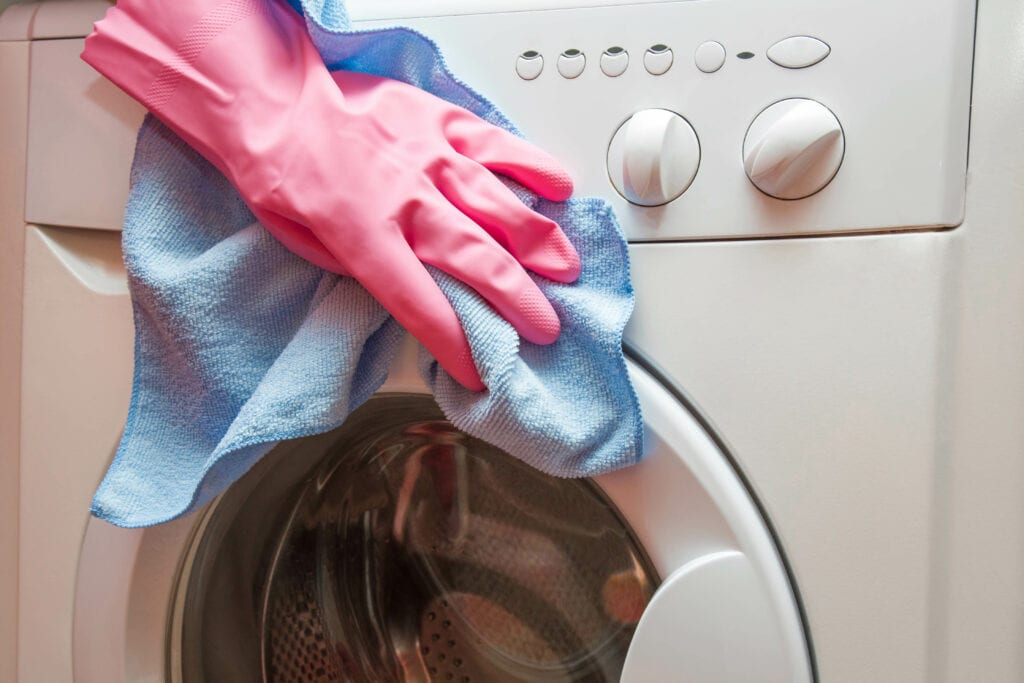
When laundering your clothes, a lot goes on within your washing machine. Dirt and grime from your fabrics that don’t make it out will end up bogging down your equipment with time. You can’t avoid the accumulation of lint, dirt, grime, or soap residue, but cleaning helps prevent your laundry from coming out half done or smelling less than fresh.
Keeping your appliance clean not only guarantees excellent laundry results, but it also improves the machine’s longevity. Whether yours is a top or front loader, there are easy steps to clean your washing machine using readily available natural detergents. Let’s take a look at how to clean your washing machine below.
How Often to Clean Your Machine
To maintain a high standard of home laundry operation, you should clean your washing machine regularly—preferably after several washes. Your washing machine’s owner’s manual might have instructions on how often you’ll run a self-clean cycle if your appliance has one. If there are no general rules for cleaning, you can schedule it once a month or sooner should you notice inefficiencies.
Avoid waiting till your laundry comes out of your washing machine stained or smelly before doing a deep clean. Before cleaning your washing machine, clear anything you’ve placed on or near the appliance. This includes items such as mats and carpeting that can be affected by liquid spillages.
Products Needed for Cleaning a Washing Machine
The retail market overflows with products claiming to have instant washing machine cleaning power, but some have elements that are harmful to the environment. Although effective, these detergents, sprays, and wipes have formulas that contain chemicals like bleach.
Recommended products to use when cleaning your washing machine include:
- Natural cleansers like baking soda and white vinegar
- Diluted chlorine bleach
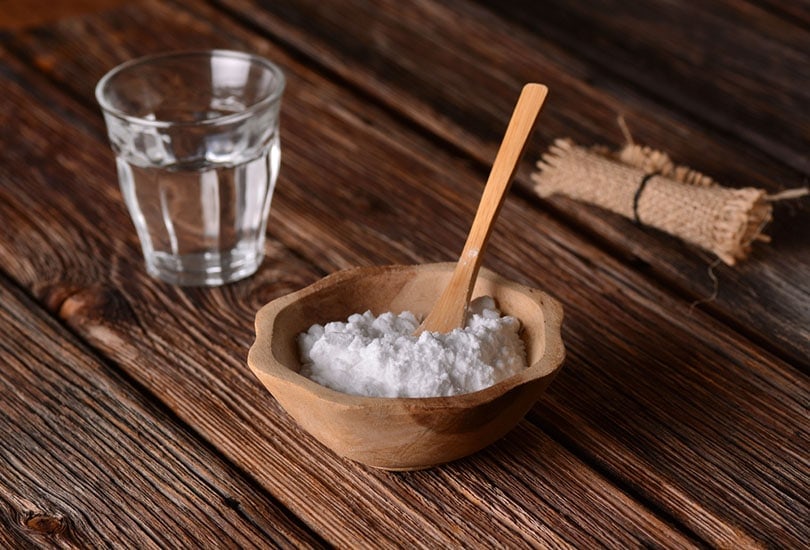
Not only will these compounds thoroughly clean your washing machine, but they’re also safe for the environment and will descale the appliance, whether yours is a soft or hard water area. Bicarbonate of soda also helps to remove stains and nasty smells and reduce corrosion while leaving your appliance germ-free.
Lay out everything you’ll need to clean your washing machine, including:
- Buckets
- Bowls
- Measuring cups and saucepans or microwaveable bowl
- Diluted chlorine bleach at one part in four parts of water
- Small brush or old toothbrush for top loader machines
- Dishwashing liquid
- Microfiber cloth
Steps for Cleaning a Washing Machine
After each wash routine, give your machine a quick wash to clear all fabric residue, grime, and soap scum. This leaves your washing machine fresh, sanitized, and aerated to prevent bacterial and fungal growth.
An effective method uses distilled white vinegar and baking soda to tackle dirt and smells left behind. Sanitizing and wiping down this laundry appliance will also require you to have a spray bottle and a hand towel.
- Mix 1 pound of borax with 1 gallon of distilled white vinegar
- Add this mixture to the empty washing machine and run a short warm water wash cycle for approximately 2 minutes.
- Let the baking powder and white vinegar mixture sit in the washing machine for at least an hour.
- Next, select the most extended, hottest wash cycle that cleans your washing machine to the maximum. This should clean off the dirt in the internal components of your washer.
- Three areas on your washing machine are especially prone to dirt and grime buildup: the detergent drawer, filter, and door gasket. You will need to pay more attention to these areas. Spray an equal mix of white vinegar and water on the outside door, gasket, and handle of the washing machine.
- Wipe your machine down and open the door to prevent mold and bacteria growth.
If your device is equipped with a self-clean cycle, run this without detergent. Just add a gallon of your white vinegar and baking powder mixture, and then wipe it down.
Leave your washing machine’s door open for at least 12 hours after a day’s wash to improve internal drying and aeration as part of your cleaning regimen. The drum ensemble, rubber gasket lining, lint well, and door glass should be dry to prevent mold and foul odors.
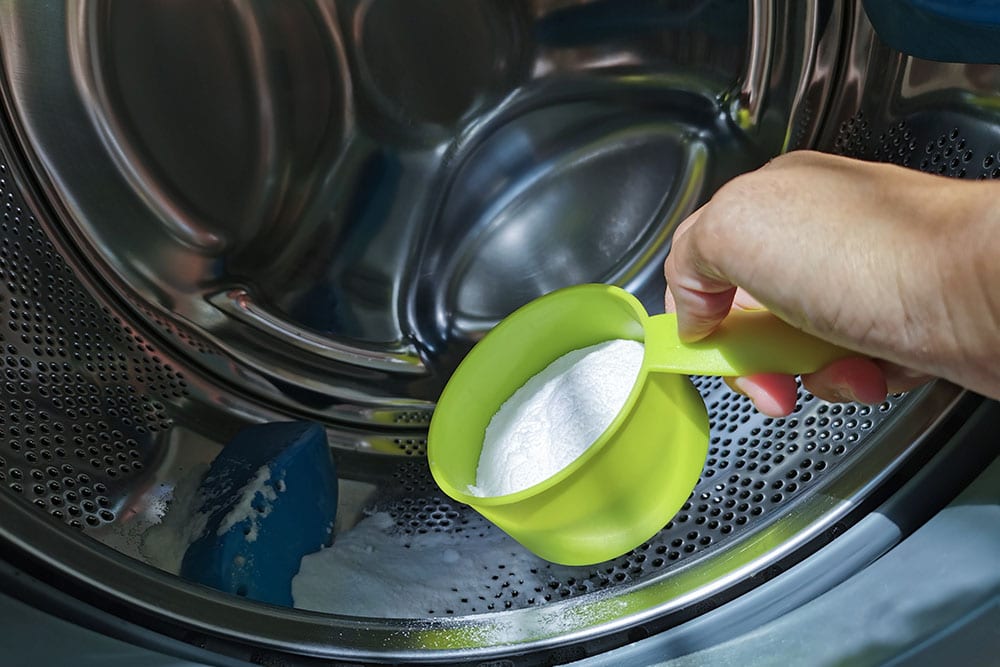
The 3 Simple Steps for Deep Cleaning a Washing Machine
Whether it’s a high-efficiency top or a front loader with a self-cleaning feature, the more you use the machine, the more dirt, grime, and scum buildup inside. Your appliance will get to a point where an easy cleaning schedule isn’t cutting it, and you must perform a deep clean.
1. Cleaning With Bleach
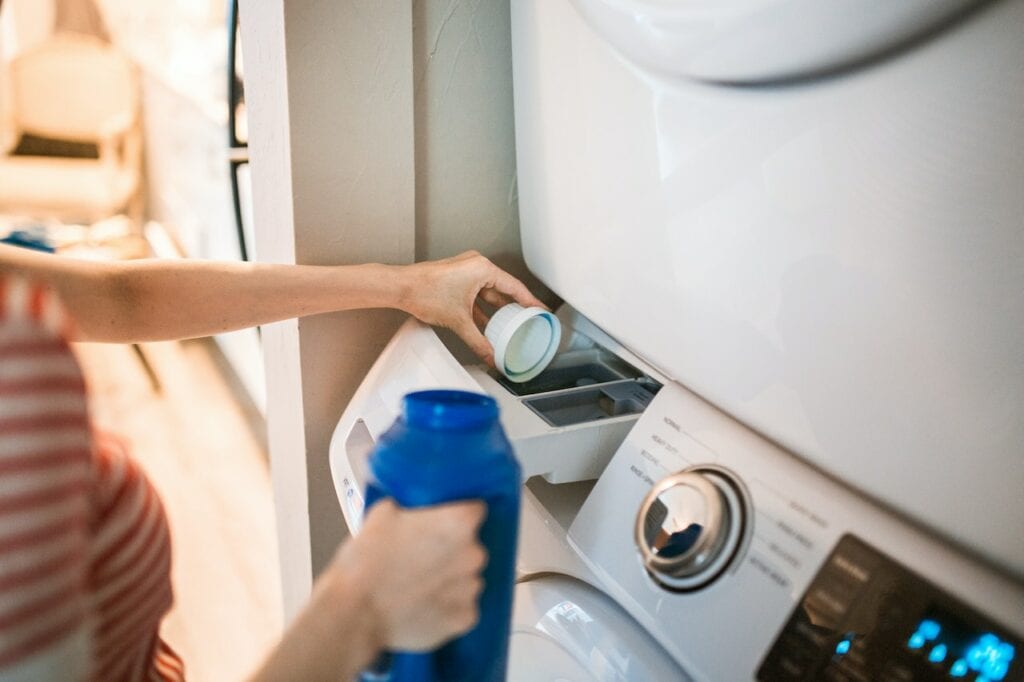
To deep clean your washing machine, ensure its soap dispenser or fabric softener reservoirs are empty. Set the water temperature to high heat using the heaviest load cycle, which is also the longest, and turn on the appliance to start running.
Let the cycle run halfway, allowing the drum to fill with hot water before the washing machine starts the spin cycle. Add 4 cups or a quart of chlorine bleach through the detergent or fabric softener compartment as the wash cycle finishes.
2. Cleaning the Removable Parts
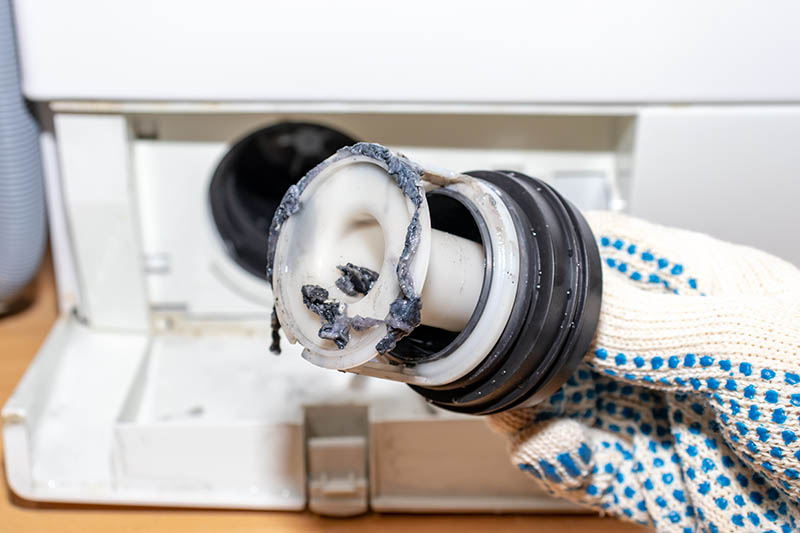
Next, all accessible parts, including the detergent and fabric softener compartments, will need cleaning. If these are removable, use a brush to wash off soap remains using a small brush or toothbrush in warm water.
Microwave or heat 1 cup of distilled white vinegar on a stovetop and put the components into the vinegar while you let them soak for at least 15 minutes. When your washing machine’s dispensing compartments are fixed, pour one of warm vinegar and soak for a similar duration.
After the soak, use a small brush or toothbrush to scrub off soap remains before washing in dishwasher detergent and warm water. Replace removable compartments before selecting the settings for the next deep cleaning step.
3. Cleaning With Hot Water, Distilled White Vinegar, and Baking Powder
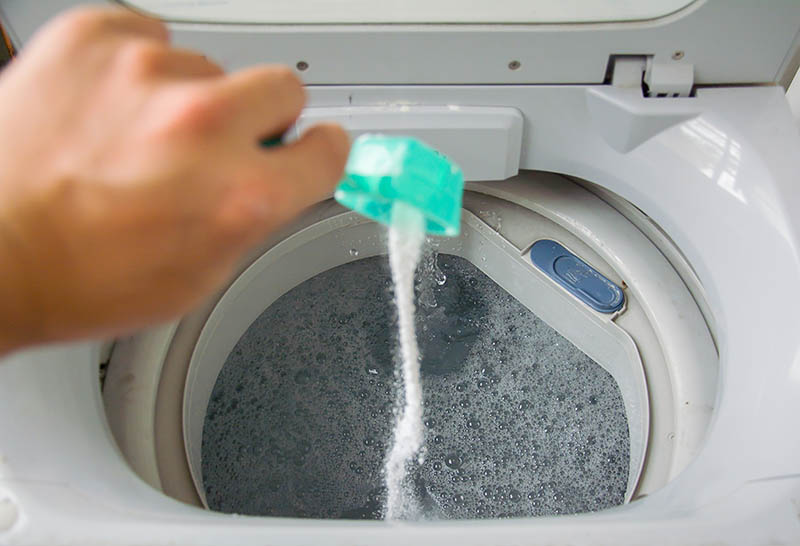
Once you’ve replaced your washing machine’s dispensers, start the longest wash with hot water and let the drum fill before the first spin cycle. Before the appliance begins to agitate, add 4 cups of distilled white vinegar.
Allow this cycle to complete through its spin, drain, and rinse before opening to clean inside your washing machine. Use ½ gallon of white vinegar and 2 tablespoons of baking powder in a sprayer or bowl for cleaning the door, gasket, and outer parts of your appliance.
Why Must You Clean Your Washing Machine?
As one of the regularly used appliances in your home, the washing machine is designed to leave garments clean and remove stains or foul odors. But the dirt left behind sometimes stays there, fouling your equipment and making its performance less effective.
Sweaty clothes, towels, bed sheets, and socks will leave your washing machine less clean with each wash. While using detergents, fabric softeners, bleach, or running hot water washes, your appliance can become a breeding ground for bacteria and fungi. The foul smells and harmful microbes are then transferred onto your washed laundry and your family.
Another reason you need to clean your washing machine is the fiber residues and hard water soap scum that will clog the machine’s internal workings. That includes sensors, the drum, or the extraction mechanism. Not only does that hamper the appliance’s performance, but it’ll also eventually lead to equipment breakdown.
In the modern home appliance scenario, there’s a common fallacy that washing machines come with an auto-clean function. But it’s recommended that you clean your unit regularly once every few weeks, plus a deep clean every 2–3 months.
How Do You Maintain the Cleanliness of Your Washing Machine?
Besides your easy cleaning schedule and the deep cleaning once every few months, there are hacks you can use to ensure your washing machine stays clean, odor, and germ-free. After completing your wash, don’t leave the door closed, especially if you live in a humid area. Open and let fresh air dry the drum and seals, which reduces the risk of mildew and bacteria.
Avoid placing laundry detergents and other liquid items on your washing machine, as spills could damage its electronic components. After clearing out the lint trap, use a flashlight to look for stone chips or buttons and other fabric ornaments that may cause scratching in the porcelain, resulting in a rusted drum.
Don’t leave your washing machine running while not at home unless yours is a type that you can control remotely. That’s because unexpected occurrences, such as a mechanical breakdown, can result in your absence and cause flooding or fire.
In Conclusion
Even with your washing machine’s self-cleaning function, it’s necessary to roll back your sleeves once in a while for a thorough clean. While many products are available on the market for this exercise, the best are natural items you already have inside your home.
Keep your washing machine in excellent condition and extend its lifespan by cleaning it regularly. Not only does the routine become more manageable, but you’ll never have a laundry batch that’s soiled, stained, or smelly after a wash.
Featured Image Credit: FotoDuets, Shutterstock
Contents



